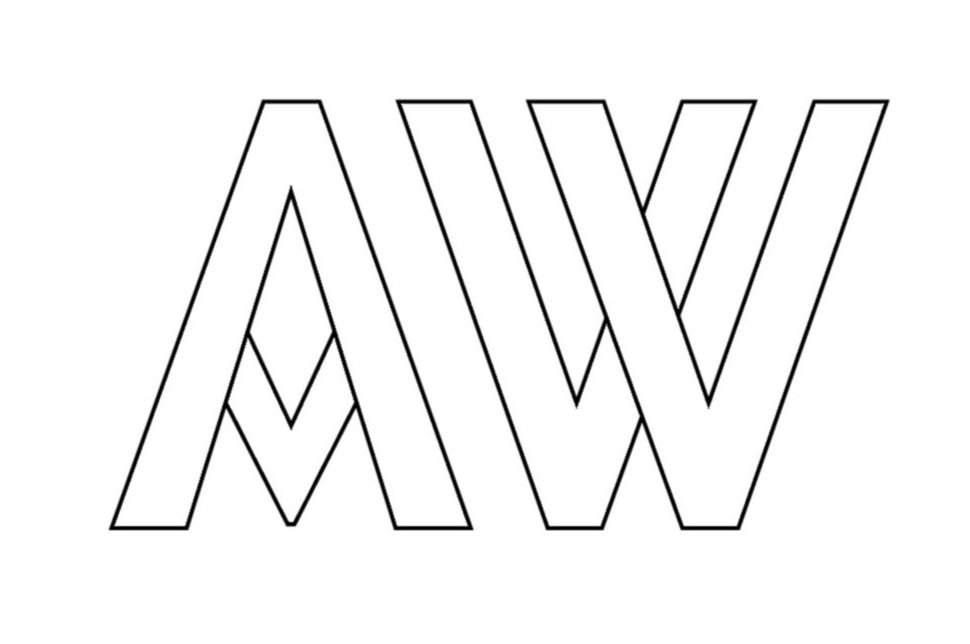Artist Statement
My work consists of an ongoing research on time, memory, and image, the devices of
remembrance that we produce and the relationship between high-tech and low-tech. I create video installations and video sculptures to tackle these matters, representing the tension between remembering and forgetting. Working with found footage and home movies - with anonymous stories - I leave an open space to be filled by the meaning that each of us brings to the work through our personal experiences.
The function of remembering implies the production of objects, which are not static repositories but dynamic triggers of perception through which remembrance is activated. We create these memory objects as an attempt to fix time in a medium; they become an index of lived experiences, a representation of a former self. I am interested in the memory objects we produce (photos, home movies, postcards) and the relation between personal memory and cultural practices of remembering. Technology, media and memory affect and transform each other and thus create models of remembrance that are culturally shaped.
In my work I try to create an experience in which memory becomes an action that is constantly actualized in the present, because only in the present we construct our memory. If we understand memory as a narrative construction, we can say that there is a constant re-writing; there is no final text, but a continuous/infinite non-linear one, endlessly repeated, always reversible: every memory is a new memory.
For years now, I have been collecting super8 and 8mm films, creating my own archive of home movies and found footage. I buy these films in flea-markets in different countries and have collected some from friends or in random circumstances. I never know exactly what I’m getting, so there is always an element of expectation. Every time I project a new film something is being revealed exposing a feeling of intimacy with the material. Even though these memories belonged to someone else, they somehow speak to my own.
The archive appears then as a potentially successful means of accessing what has been lost, reconstructing the past. But what is interesting to me about the archive is the possibility to re-appropriate and re-interpret that material, to create new narratives through montage, juxtaposition, and collage
Lately in my work I have started exploring methods of physically representing this archive of memories as an embodied experience. Moving form the plane to three dimensional objects and spatial installations, I propose an inventory that activates the archive, while recognizing a system in which the function of the past is not determined by its status as unequivocal event, but where its meaning is rather constituted retroactively and rearranged at every point in time. In the functioning of remembering the value of the past is not that of truth but of desire and driven by desire, memory allows for both preservation and erasure, and media objects can be manipulated to facilitate new versions of the past.
